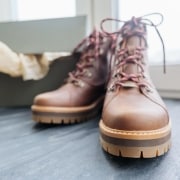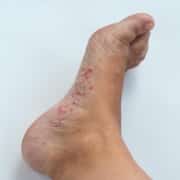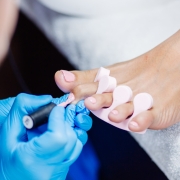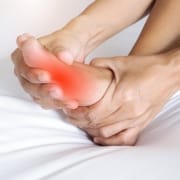Why Your Feet May Hurt More in Fall and Winter
Summer is the season for sandals and open-toed shoes. But as those warm sunny days transition into fall and then into winter, most of us trade our flip-flops and Birkenstocks for warmer sneakers and boots. However, if your winter shoes are ill-fitting, that much-needed warmth may come with sides of discomfort or pain. Shoes that are too pointy, have too tall of a heel, or that simply don’t fit well can wreak havoc on the health of your feet, sending you straight to your podiatrist in Austin, TX, for relief.
What’s Wrong With Your Shoes?
The wrong shoe can cause chaos when it comes to feeling comfortable. Blisters, corns, calluses, and sore heels are all symptoms of ill-fitting shoes. Cheap shoes may have inadequate arch support, causing heels and arches to hurt or your feet to swell. And the uneven weight distribution can cause you to roll an ankle, resulting in a fracture, strain, or sprain. Shoes that are too tight can contribute to ingrown toenails and athlete’s foot. And shoes that are too tall and narrow can give you bunions. Shoes are an important part of your winter wardrobe, and it’s vital to wear ones that fit comfortably.
What Can Be Done to Help Painful Feet?
Your podiatrist in Austin, TX has many solutions to help ease the pain of sore feet. This may include:
- Taking prescription pain medication
- Wearing special inserts in your shoes
- Doing corrective foot exercises at home
- Physical therapy
- Having surgery
- Applying heat or ice
- Wearing a splint, cast, or boot
If you’re troubled with foot pain as you trade in your summer sandals for more constrictive footwear, schedule an appointment with Dr. Jeffery LaMour, DPM, PA. Dr. LaMour has solutions for foot pain in Austin and Pflugerville, TX.








